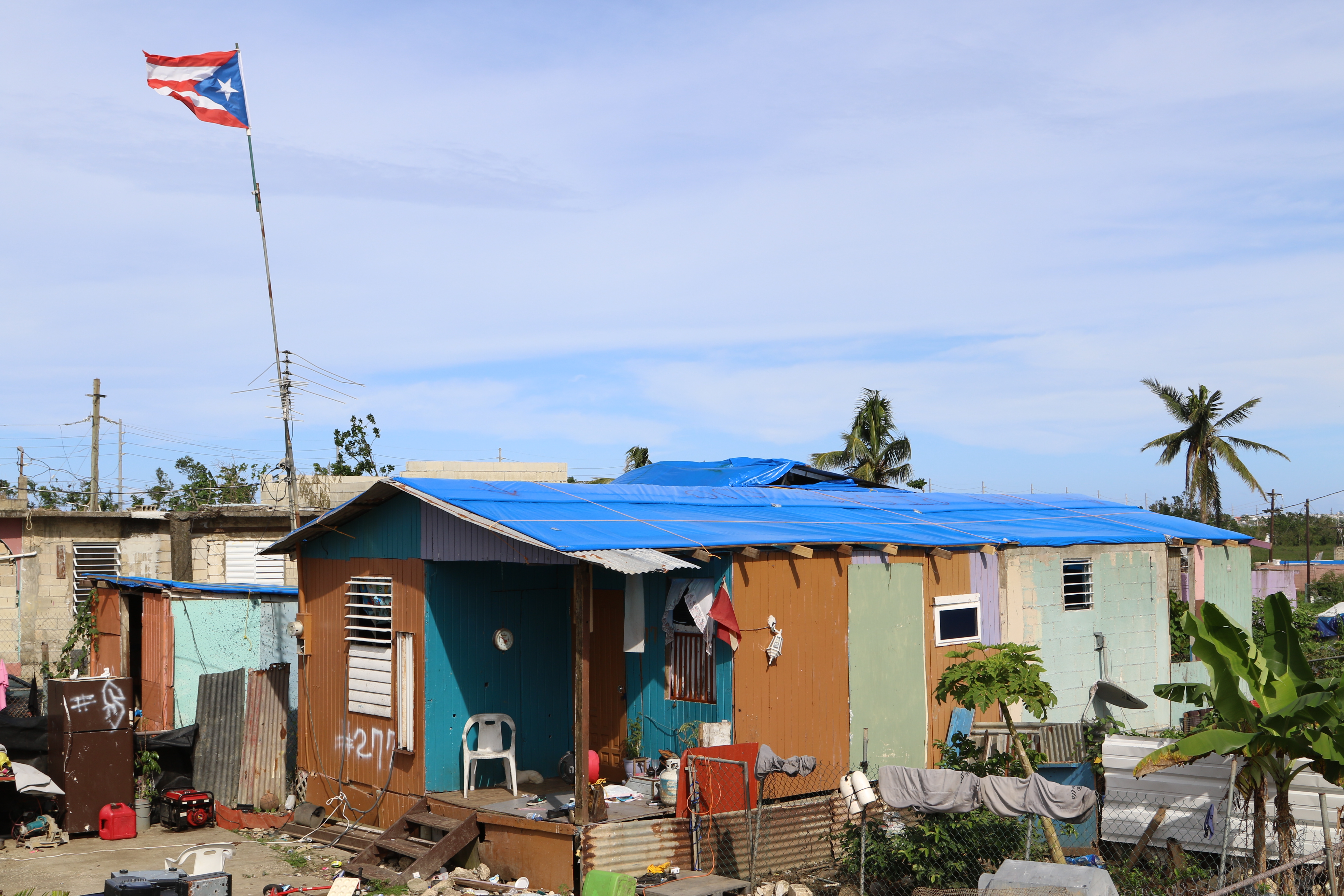See Felix Contreras, “A Puerto Rico Protest Song: ‘Afilando Los Cuchillos’,” NPR.org (July 28, 2019), ➝.
Simon Romero, Frances Robles, Patricia Mazzei and Jose A. Del Real, “15 Days of Fury: How Puerto Rico’s Government Collapsed,” New York Times (July 27, 2019), ➝.
“Destruida por un incendio la Casa Klumb, patrimonio histórico de Puerto Rico,” Ey Boricua (November 11, 2020), ➝.
Heather Crichfield, Nathaniel Fúster, et al. Klumb: an architecture of social concern: una arquitectura de impronta social (San Juan, PR: La Editorial Universidad de Puerto Rico, 2007), 48.
Josean Figueroa and Edric Vivoni, Henry Klumb: Principios para una arquitectura de integracion (Puerto Rico: Colegio de Arquitectos y Arquitectos Paisajistas de Puerto Rico, 2007), 15. Klumb’s “life core” recalls what Richard Neutra called the “Block Core” facilities in his infrastructural plans for Puerto Rican slums. Richard Neutra, Architecture of Social Concern in Regions of Mild Climate (São Paulo, Brasil: Gerth Todtmann, 1948), 192.
Henry Klumb, personal papers, quoted in César A. Cruz, Puerto Rico’s Henry Klumb: A Modern Architect’s Sense of Place (New York: Routledge, 2020), 33.
Parke Davis was one of the first companies to start producing contraceptive pills once the FDA had approved them. Before FDA approval, Puerto Rican women were used in clinical trials without knowing that they were the first ones in the world to take these pills.
Cruz, Puerto Rico’s Henry Klumb, 124.
Ibid., 157.
World Monuments Fund, “Henry Klumb House,” ➝.
Luz Marie Rodríguez, “United States Department of the Interior, National Park Service, National Register of Historic Places Continuation Sheet, Section 8, Statement of Significance (continued), Casa Klumb, San Juan, PR,” (October 29, 2010), 18.
Ibid.
Ibid.
For firsthand accounts of the mass sterilization of Puerto Rican women during this period, see Ana María García’s documentary La Operación (1982).
Hilda Lloréns and Carlos G. García-Quijano, “From Extractive Agriculture to Industrial Waste Periphery: Life in a Black-Puerto Rican Ecology,” Black Perspectives, June 22, 2020, ➝.
Megan Raby, American Tropics: The Caribbean Roots of Biodiversity Science (Chapel Hill: University of North Carolina Press, 2017), 156.
This language has striking parallels in more recent history, as US leaders spoke often of Puerto Ricans’ resilience after Hurricanes Maria and Irma while failing to provide sufficient government aid. Ibid., 158. Also recall Donald Trump throwing paper towels into the crowd on his belated trip to the island. David Nakamura and Ashley Parker, “‘It totally belittled the moment’: Many look back in dismay at Trump’s tossing of paper towels in Puerto Rico,” The Washington Post (September 13, 2018), ➝.
Noble David Cook, “Sickness, Starvation, and Death in Early Hispaniola,” The Journal of Interdisciplinary History 32, No. 3 (Winter 2002), 351.
Ibid.
Ibid., 368.
Fray Ramon Pané, An Account of the Antiquities of the Indians: A New Edition, with an Introductory Study, Notes, and Appendices by José Juan Arrom, Trans. by Translated by Susan C. Griswold (Durham and London: Duke University Press, 1999), 8.
Jorge González developed this project as a fellow of La Práctica, which is part of the San Juan-based artistic platform Beta-Local.
Sol Aida Casanova, conversation between Jorge González, María Teresa López, Laura Cordero Agrait, and Sol Aida Casanova, San Juan, Puerto Rico, March 19, 2014. Unpublished transcript.
